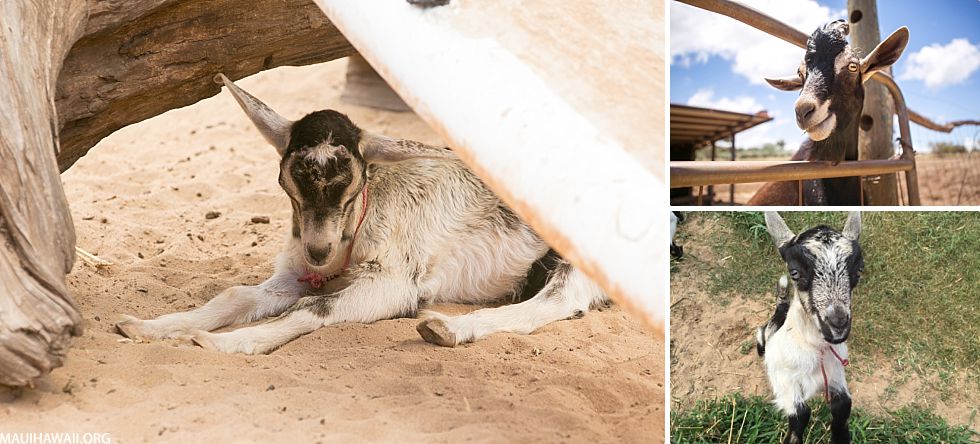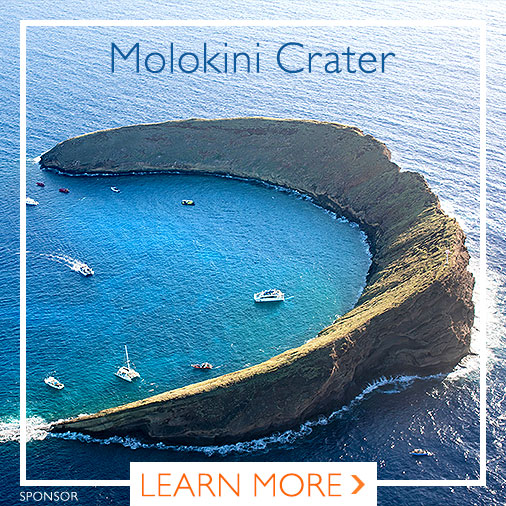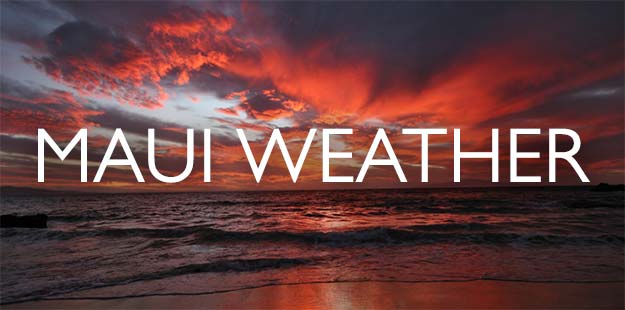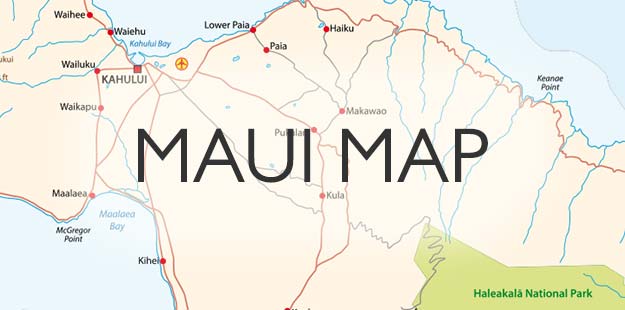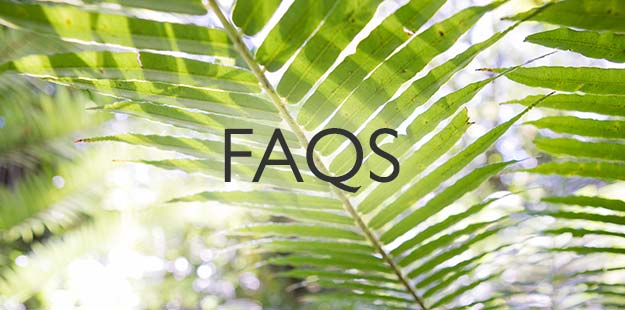Top 10 Animals To See On Maui
Maui Animals
From the thriving wild chicken population to the house geckos that scurry up your condo walls at night, an abundance of interesting and even unusual animals have made Maui their permanent home. Some animals have prevailed on the Valley Isle for hundreds of thousands of years, blown across the sea on the winds of great storms or propelled by ocean currents. Others were introduced to the islands, kept alive by the first Polynesian voyagers on two thousand mile journeys, or brought by English explorers and American missionaries. But, regardless of their status – pest or precious, native or invasive – every species you spot in Hawaii has a unique story to tell, and each one is embedded into everyday life in the islands, whether we like it or not.
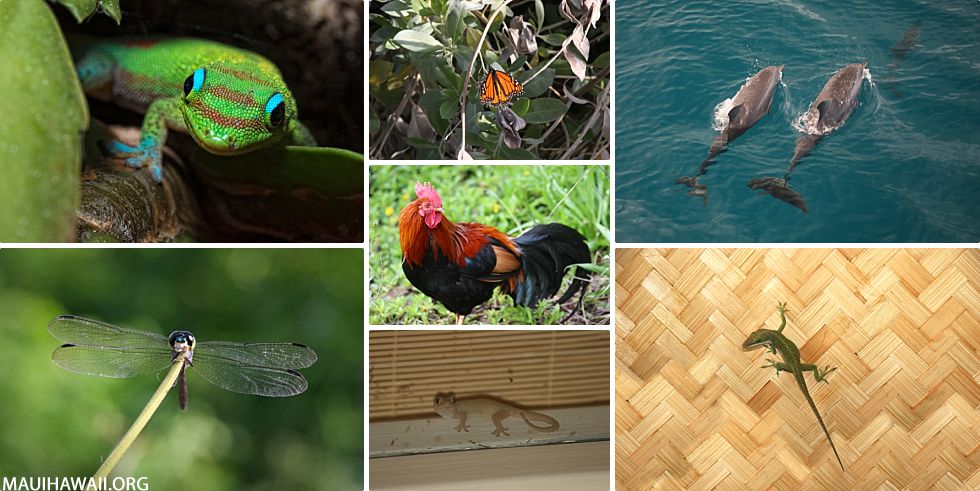

1. Hawaiian Green Sea Turtles – Honu
The honu is perhaps the most commonly spotted sea creature on Maui and among the most alluring for visitors. This underwater reptile is truly an ancient species- green sea turtles as we know them today evolved approximately 40-50 million years ago. Indigenous to the Hawaiian Islands, the honu is one of the few genuine locals.
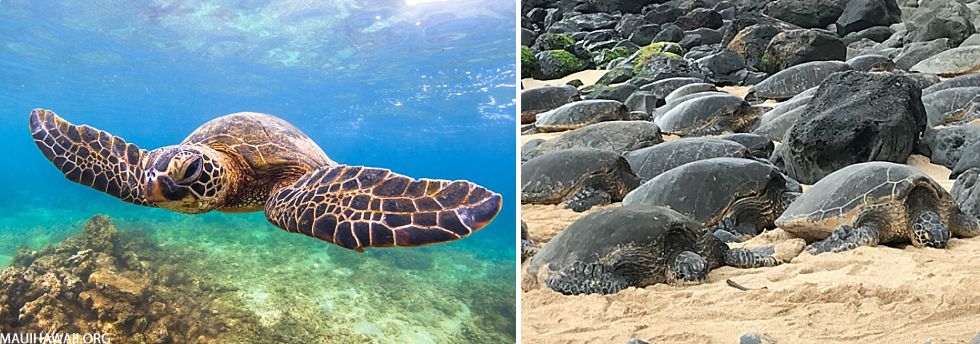
In Hawaiian culture, honus are seen as a symbol of longevity, spiritual energy, and safety- not surprising, considering they can live to be over 100 years old. Once listed as an endangered species, green sea turtles have seen a dramatic increase in numbers, and on Maui, the evidence is palpable- they’re simply everywhere! However, if you do spot a honu basking on the sand or while snorkeling, be sure to keep your distance. These animals are still considered a threatened species, and a minimum distance of 10 feet is required.

2. Monk Seals – ʻIlio holo I ka uaua
With only about 1,400 monk seals in the wild today, these seafaring mammals are one of Hawaii’s most elusive. Hawaiian monk seals are the descendants of Mediterranean and Caribbean monk seals who managed to make their way to Hawaii over 3.5 million years ago via the Central American Seaway- a water passage that once existed between North and South America.
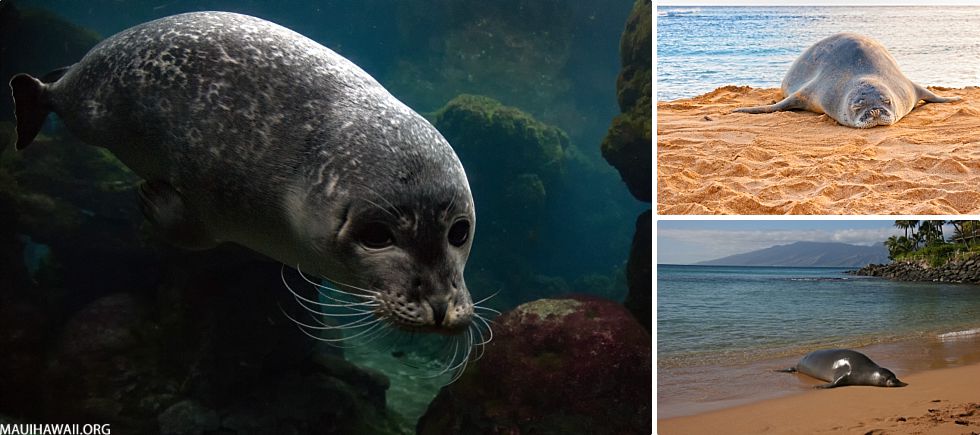
In Hawaiian culture, monk seals were considered to be a good omen. With so little left in the wild today, this omen seems to carry even more weight. While they might look cute and cuddly while resting on the beach, monk seals are carnivorous and have the teeth to prove it. They’re also not afraid to bite or roar at people who harass them or come in between a mother and pup. If that isn’t enough to make you keep your distance, monk seals are federally protected and should not be approached within 50 feet.

3. Nene Goose
Hawaii’s state bird, the Nene goose, has prevailed through countless adversities and remains the only surviving species out of six Hawaiian geese breeds that once existed. It is believed that nenes evolved from Canadian geese that were blown off their migration track 500,000 years ago. Lucky for them, they ended up in Hawaii and managed to establish populations on each of the major islands. Unfortunately, by 1890, nenes were wiped out on all islands but Hawaii. However, in 1962, a population of England-hatched nene geese were reintroduced to Haleakala National Park, backpacked in by Maui Boy Scouts and park rangers. By 1970, over 500 nenes had been released in the park. Today, nenes have once again established populations on all major Hawaiian islands. Now, between 250-350 nenes call Haleakala National Park home.
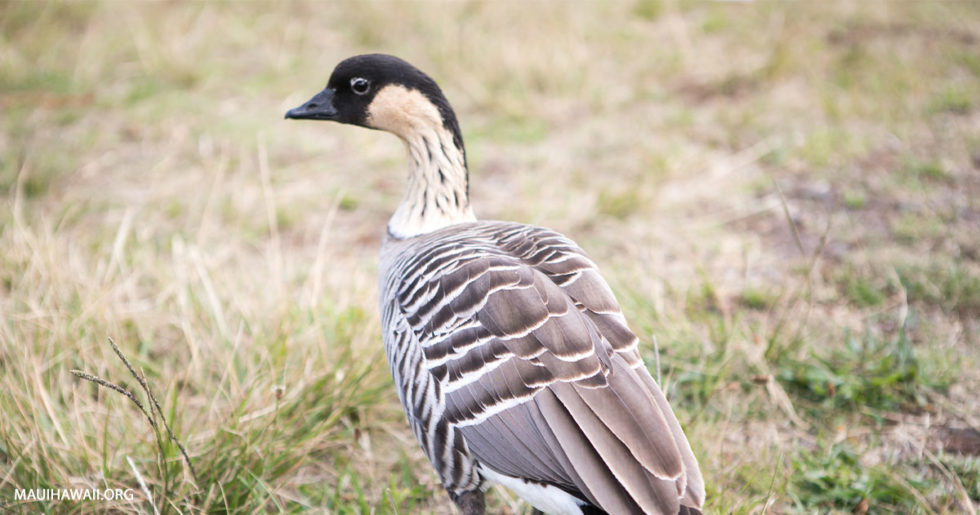

4. Humpback Whales – Kohola
Easily one of the most majestic creatures in Hawaii, humpback whales are regarded with reverence in Hawaiian culture. Whales are thought to be an aumakua- a physical manifestation of an ancestor’s spirit and the animal form of Kanaloa, Hawaii’s ocean god. Humpback whales migrate thousands of miles from Alaska to Hawaii every winter to mate and give birth. They can be spotted in Hawaii’s waters from November-April, and they particularly seem to enjoy the shallow channels around Maui Nui.
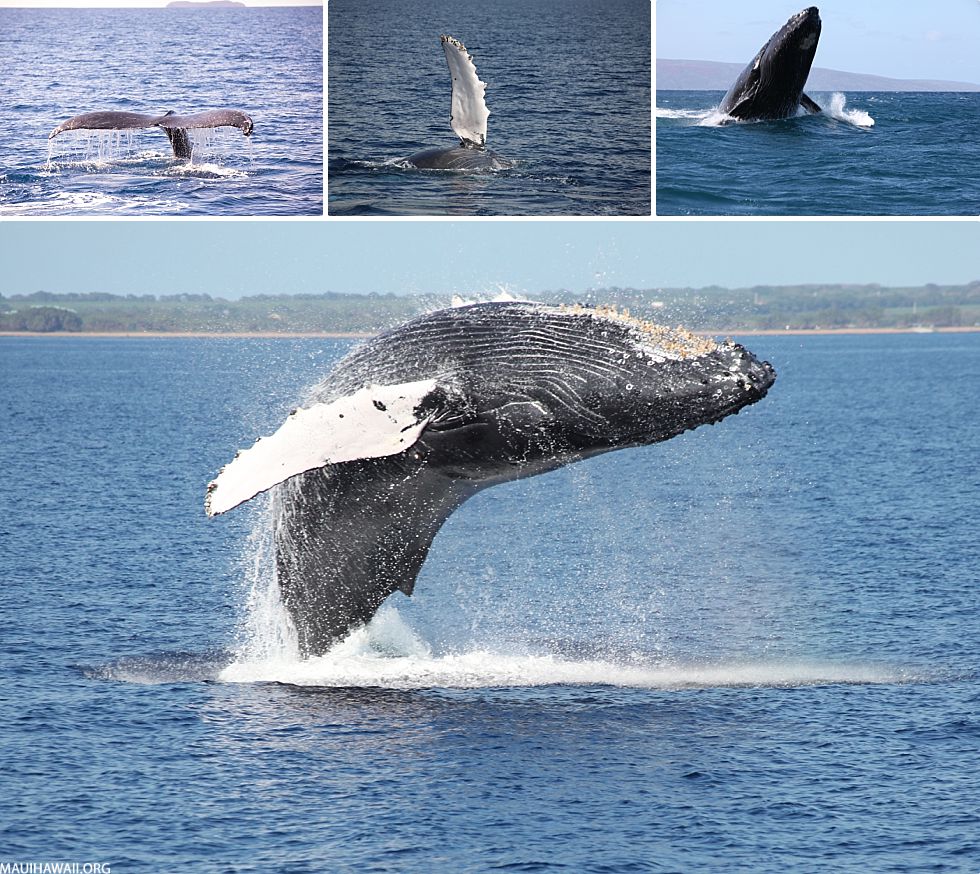
5. Wild Boar – Puaʻa
It was long believed that the wild boars found in Hawaii’s rainforests were brought by Captain Cook in the late 1700s, but a recent study revealed that Hawaii’s present pig population are descendants of both Cook’s pigs and the boars introduced by the first Polynesian voyagers. Pua’a’s appear in countless Hawaiian legends and are associated with numerous Polynesian gods. Additionally, puaʻas were one of the primary protein sources for ancient Hawaiians. Even today, kalua pig is typically one of the main courses at luaus, roasted in a traditional Hawaiian imu- underground stone oven. Many families in Hawaii still rely on pig hunting.
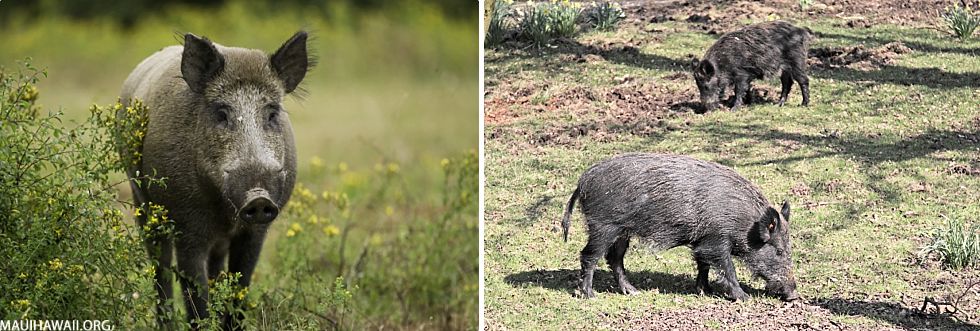
Unfortunately, wild boars harm Hawaii’s native ecosystem by digging up native plants and creating opportunities that allow non-native/invasive species to thrive. Managing the species will require finding a happy medium since pigs are an invaluable food source for countless families, and the animal is embedded into the island’s culture. Pua’a’s are elusive but often spotted in Poli Poli State Park.

6. Axis Deer

Axis deer were introduced to Maui County in the 1860s after King Kamehameha received several deer as a gift from India. Today, the population has exploded. There are between 50,000 to 100,000 deer on Maui alone, and much like boars, the unchecked ungulates pose a vexing conundrum for conservationists. Axis deer is a significant food source for hunting families on Maui, and with 90% of all food shipped to the island, relying on local venison is an easy way to be less dependent on imports. However, the overwhelming population brings a slew of problems to the island, such as vehicle collisions, disease, property damage, crop impacts, and threats to native species and ecosystems. Massive herds of deer can be seen around the island, particularly Upcountry and in Kihei.
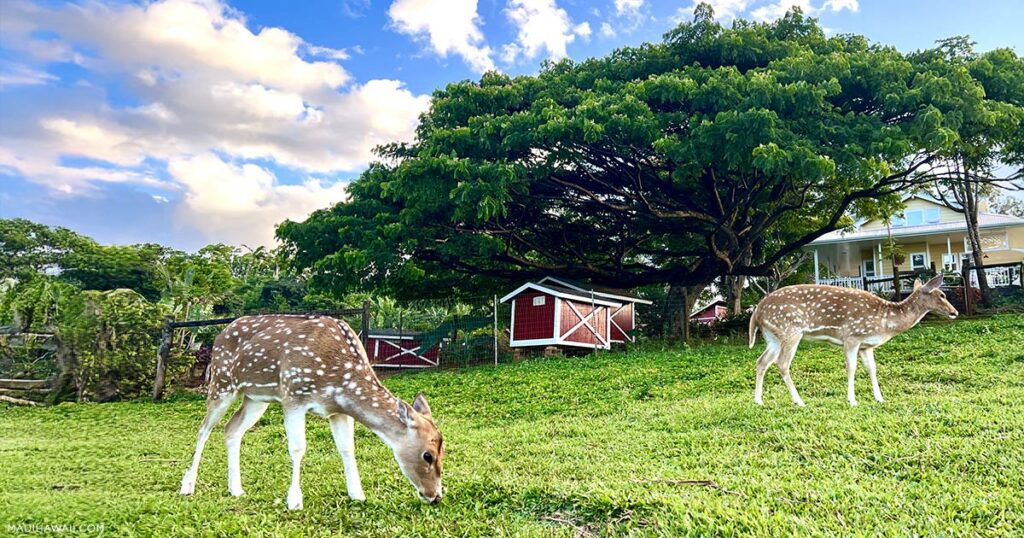
If you want to see them up close, book a tour at Leilani Farm Sanctuary, a peaceful haven where rescued animals and visitors alike find comfort. A short drive from Pāʻia, this eight-acre refuge is home to goats, pigs, donkeys, rabbits, chickens, and deer, each with a story of survival.

7. Hawaiian Hoary Bat – ʻŌpeʻapeʻa
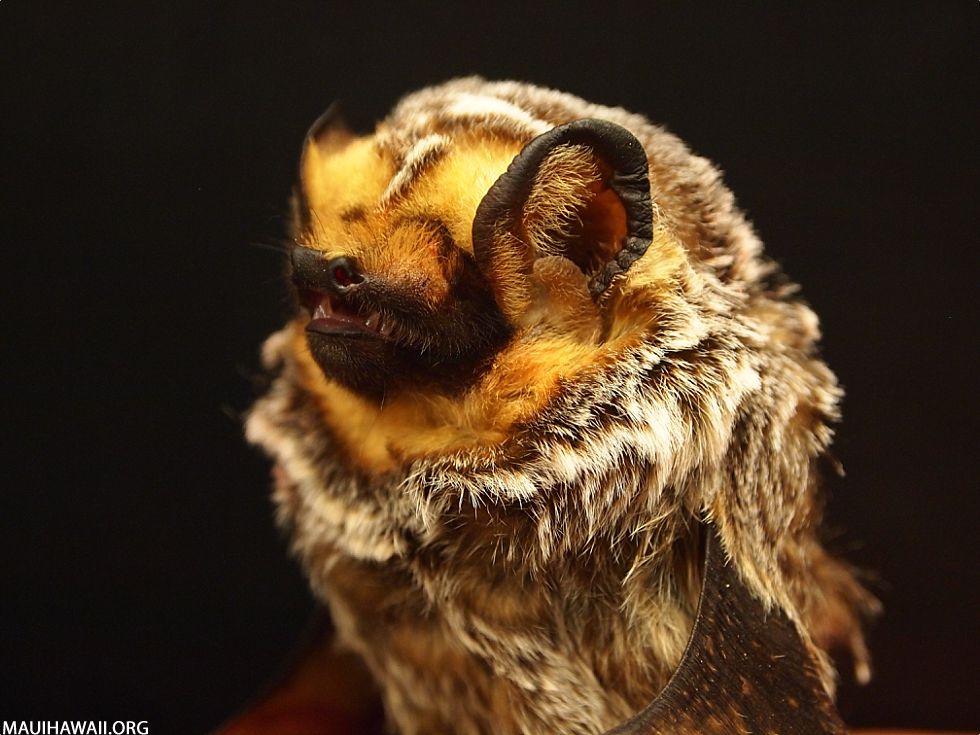
Believe it or not, Hawaii is home to its own indigenous bat species. ʻŌpeʻapeʻa holds the title of the only native land mammal in Hawaii. The name ʻŌpeʻapeʻa refers to the bats’ wings resembling canoe sails. Little is known about this species, and how many remain today is unclear. However, it is believed that thousands of years ago, migrating mainland hoary bats were blown off course from California, over 2,000 miles away. If you pay close attention, you might be able to spot ʻŌpeʻapeʻa at twilight when they come out to feed on insects.

8. Mongoose
No, that small wiggly critter you saw darting across the road wasn’t a squirrel. It was likely a mongoose. Native to India, mongooses were introduced to Hawaii by sugar plantation owners in 1883 to mitigate the rat population in their sugar fields. This proved to be a colossal blunder- rats are nocturnal, and mongooses are not. As a result, mongooses have become an established pest in Hawaii, impacting native species like sea turtles and ground-nesting birds by feasting on their eggs.
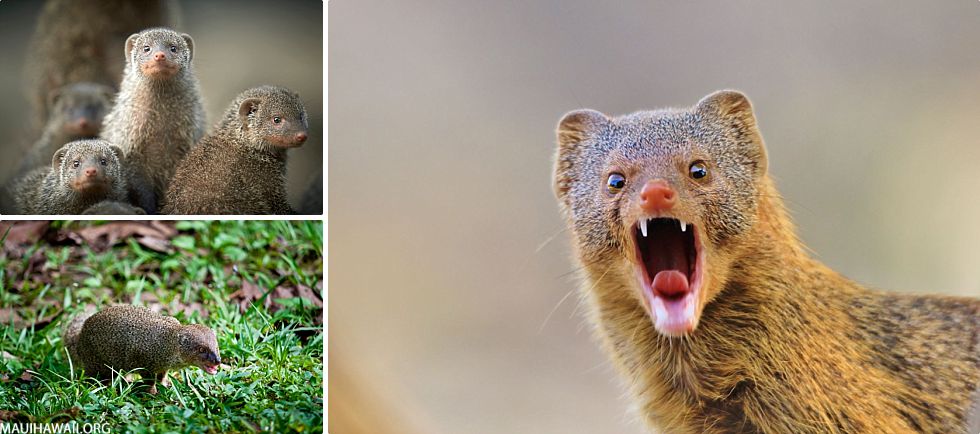

9. Hawaiian Short Eared Owl – Puʻeo
Owls have earned their place in mythology worldwide, and Hawaii is no different. The puʻeo, one of only two owls found in Hawaii and the only one native to the islands, was seen as a protector of warriors in battle and a figure that rescued lost souls from the underworld. A puʻeo sighting was (and still is) considered a good omen. Pu’eo’s are often mistaken for barn owls, but puʻeos are smaller, usually brown in color, with piercing yellow eyes. They are more frequently spotted in the day than barn owls, who typically hunt at night. Although rare, they are most commonly seen Upcountry.
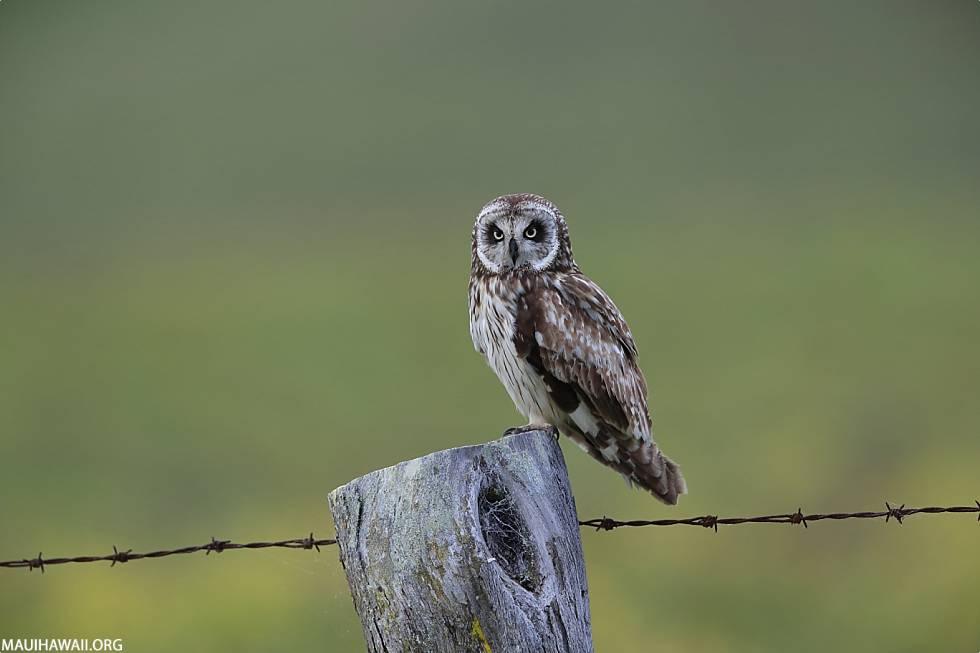

10. Wild Goats
Hawaii is home to a booming wild goat population, and for that, we can only thank Captain James Cook, who introduced goats to the islands on his initial landing. On Maui, goat populations are the highest in the southern lava desert that stretches from La Perouse to Kaupo. A hike on the Hoapili Trail in La Perouse will likely yield dozens of goat sightings. Sadly, as with the other ungulates introduced to Hawaii, goats pose a threat to native plants.
